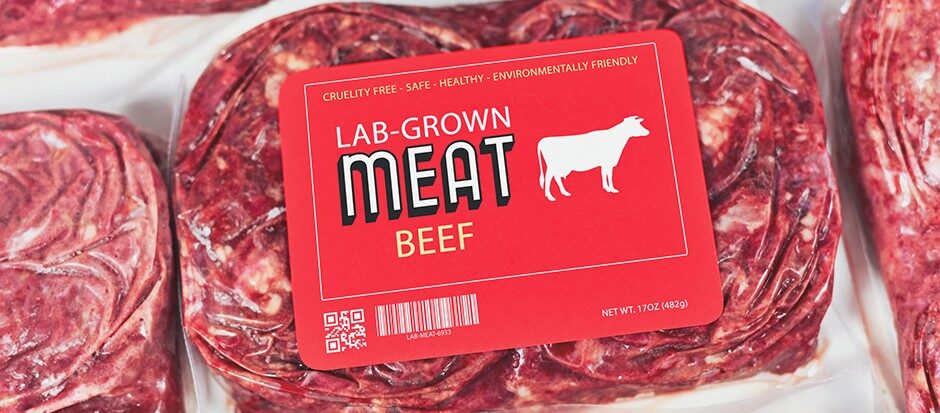Here is all the information you require regarding lab-grown beef

American consumers will soon be able to sample chicken that is made entirely of chicken cells as opposed to actual chickens.
The USDA authorized Upside Foods and Good Meat to begin manufacturing and marketing their lab-grown, or cultured, chicken products in the US on Wednesday.
Go to the store later; do not do it now. Cell-based beef will not be available for purchase in supermarkets for some time, but restaurants should be able to serve it sooner.
What is that?
Briefly put, lab-grown meat, also known as cultivated meat or cell-based meat, is meat that is created from animal cells and grown in sizable bioreactors with the aid of nutrients like amino acids.
Think of it as taking place in a manufacturing facility that resembles a brewery rather than as people in white coats and hairnets staring at petri dishes via microscopes. Instead, image people in white coats and hairnets pacing between enormous vats.
One benefit of producing meat from cells is that it eliminates the need to kill animals in order for people to consume meat.
According to Upside Foods, the cells it extracts from fertilized chicken eggs are kept in its cell bank and have a minimum shelf life of ten years. Among other places, animal biopsies or even feathers can yield animal cells, according to Noyes.
Environmental factors are also taken into account. A sizable portion of the greenhouse gas emissions that cause climate change are caused by agriculture, especially animal agriculture. The strain on the world might be reduced by overhauling that system.







